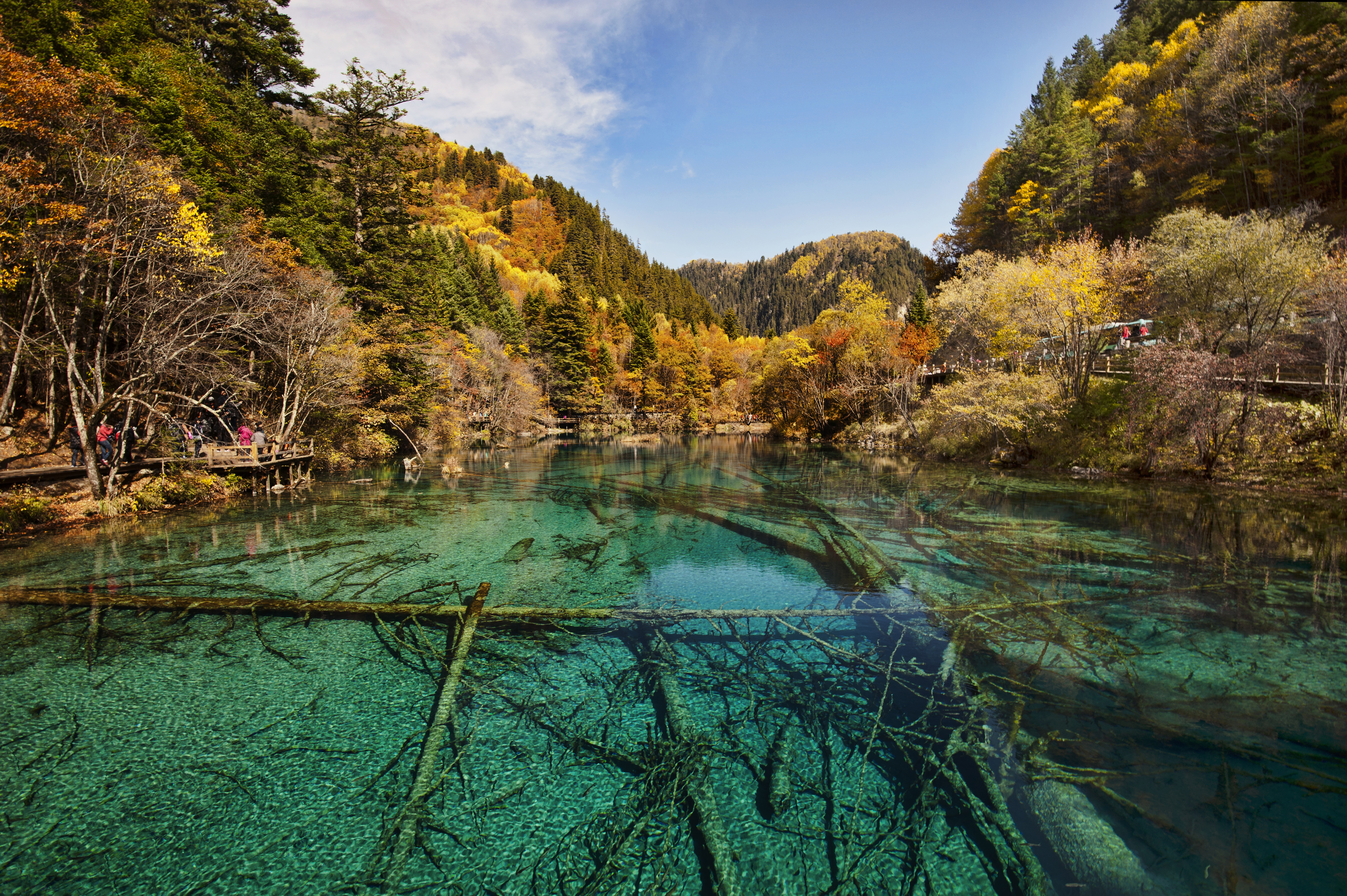
How Many Lakes are in Jiuzhaigou?
Jiuzhaigou, a UNESCO World Heritage site in China, is renowned for its stunning alpine scenery, waterfalls, and colorful lakes. One might wonder, just how many of these picturesque lakes grace the valley? Let's delve into the details.
The Three Valleys of Jiuzhaigou
Jiuzhaigou, meaning "Nine Village Valley," is composed of three major valleys:
| Valley | Description |
|---|---|
| Rize Valley | The westernmost and highest valley, known for its serene lakes and the iconic Five Flower Lake. |
| Zechawa Valley | The middle valley, home to the largest lake, Long Lake, and the impressive Nuorilang Waterfall. |
| Shuzheng Valley | The easternmost and shortest valley, featuring tiered lakes and colorful forests. |
These valleys, situated at elevations above 2,000 meters, stretch a combined 49 kilometers, with each turn revealing breathtaking natural beauty.
The Number of Lakes in Jiuzhaigou
Contrary to what the name might suggest, Jiuzhaigou is not home to just nine villages or nine lakes. In fact, there are a staggering 108 alpine lakes dotted throughout the three valleys. These lakes vary in size and shape, each reflecting the surrounding landscape in a kaleidoscope of colors.
The Beauty of Jiuzhaigou's Lakes
The lakes of Jiuzhaigou are famed for their clarity, with visibility reaching remarkable depths. Their waters derive their vibrant hues from a combination of factors:
- Mineral Content: The lakes are rich in calcium carbonate and other minerals, contributing to their striking turquoise and emerald shades.
- Algae and Aquatic Plants: Different species of algae and submerged plants reflect and absorb sunlight differently, creating a spectrum of colors from deep blue to vibrant green.
- Sunlight and Depth: The angle of sunlight and the depth of the water also influence how the colors are perceived, with shallow areas appearing brighter and deeper sections exhibiting richer tones.
Notable Lakes in Jiuzhaigou
Among the many lakes in Jiuzhaigou, some stand out for their unique characteristics:
- Five Flower Lake (Wuhua Hai): Located in Rize Valley, this lake is renowned for its vibrant colors, reflecting the surrounding trees and submerged vegetation.
- Long Lake (Chang Hai): The largest and deepest lake in Jiuzhaigou, Long Lake is located in Zechawa Valley and changes color throughout the day, reflecting the sky and surrounding mountains.
- Mirror Lake (Jing Hai): Found in Shuzheng Valley, Mirror Lake is known for its exceptionally calm surface, which reflects the surrounding scenery like a mirror.
These are just a few examples of the enchanting lakes that await visitors to Jiuzhaigou. Each lake offers a unique perspective on the valley's natural splendor and contributes to the area's undeniable allure.
FAQs
1. What is the best time to visit Jiuzhaigou to see the lakes?
Autumn (September-October) is considered the best time to visit Jiuzhaigou, as the foliage transforms into vibrant shades of red, orange, and yellow, creating a stunning contrast against the blue lakes.
2. Are swimming and boating allowed in the lakes of Jiuzhaigou?
No, swimming and boating are strictly prohibited in all lakes within the Jiuzhaigou National Park to protect the fragile ecosystem.
3. Can I see all 108 lakes in one day?
While it's possible to visit a significant portion of the park in a day, seeing all 108 lakes would be logistically challenging. It's recommended to spend at least two days to fully appreciate the beauty and diversity of Jiuzhaigou.